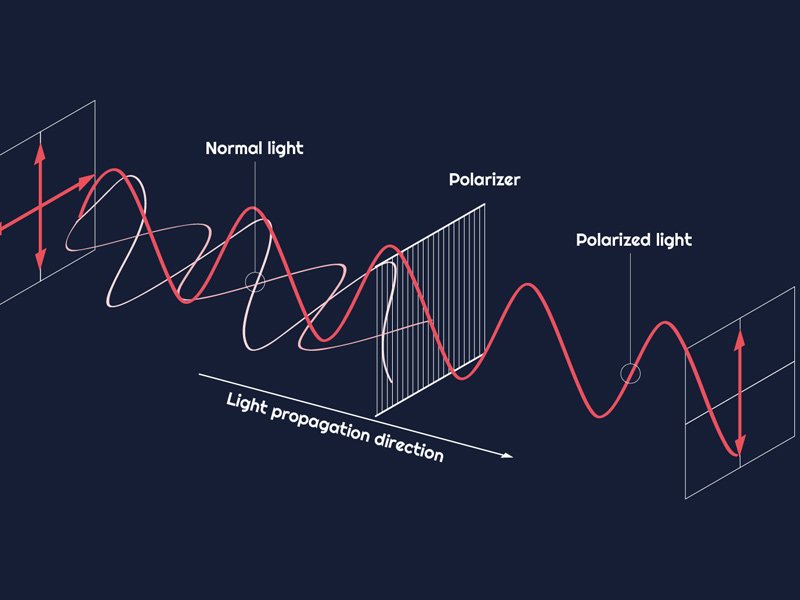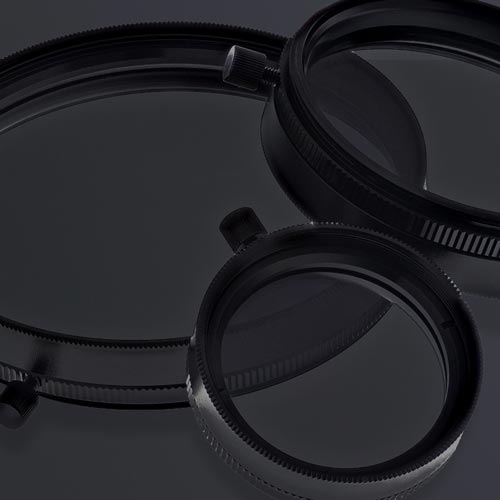At any point in space, light waves emitted by natural or artificial sources oscillate in random directions, while remaining always perpendicular to the direction of propagation, giving rise to a light called "non-polarized". When the light is reflected by surfaces, some of the waves polarize, oscillating in space with a precise orientation. In the case of linear polarization, the oscillation remains on the same plane. The camera, like the human eye, is able to see the light reflected from objects. In the case of objects with reflective surfaces, these can give rise to unwanted polarized rays that interfere with vision, covering some characteristics of the object itself. An example may be the water surface of a lake, which often reflects a significant amount of polarized light; this appears as a uniform whitish reflection that prevents the bottom from being seen, even if the water is clear. To overcome this problem particular filters, called polarizers, are used: they allow only the waves that oscillate in a certain direction, blocking all the others. In the example of the lake, the polarizer allows only the light reflected from the bottom to pass, increasing the sensation of clear water. However, the use of polarizers meets its limit in the presence of objects with metal surfaces. Their particular property is to reflect the incident light while fully preserving its characteristics. For this reason the light reflected by a metal cannot be completely filtered through a polarizer.

How do polarizer

Without the Polarizer filter

With the Polarizer filter
